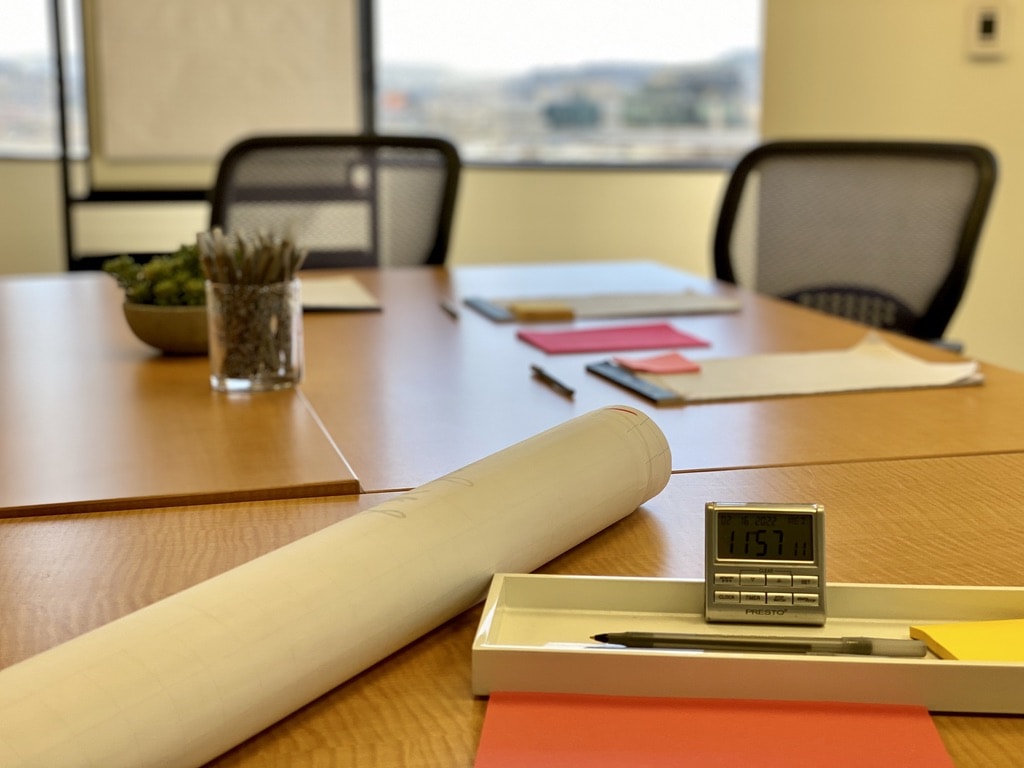
If you work in user experience research, market research, or strategy/planning at ad agencies, you may have come across the term “affinity groups” “affinity focus groups” or “affinity research.” Sometimes it’s also called known pairs, buddy groups or even a snowball sample. The various names can add to the confusion, but the core idea is the same: It involves qualitative research (interviewing versus surveys) with a group of people who know each other. Sometimes this can be done in a dyad or triad setting (2 people + a moderator or 3 people plus a moderator), or it can be done with larger groups of 5-6, depending on the relationships people have. We’ll explain that part next.
When would you use affinity groups in market research?
Affinity groups are useful when you’re trying to understand how people who are linked (whether by family ties, friendship, business, or even in sports settings) discuss products, make joint decisions, or influence each other’s behavior.
For example, in a study InterQ did last year, we were investigating how consumers perceived car-loan refinancing. Since people who are paired up in couples generally would discuss a financial decision like refinancing a car with their partner, we interviewed both partners together (spouses or significant other if they shared household finances). These interviews were far more illuminating than if we had done the interview with just one member of the household, because it’s a decision that requires input from the other partner. Interviewing the pair together, the moderator was able to observe how they discussed car refinancing, who managed the household finances, and how they jointly would talk through a decision requiring paperwork and potential unknowns.
Other examples of affinity groups abound: For example, often when we’re studying online behavior, we recruit one person who fits our key target, and we ask that person to invite 2-4 friends who they also socialize with online. The researcher interviews the group together, using a combination of observation, probing questions, and allowing the group to talk to each other. This type of group interaction results in far more interaction and insights than interviewing just one person, as we’re able to mimic what a social group might chat about and find important – and deduce how this translates to what they would want their digital experience to mimic.
In business, affinity groups are an incredible tool for user research and market research. For example, in office settings, how do teams interact with a software tool? What features have they enabled? How do they discuss it amongst themselves? What types of lingo do they have around the product, and how have they developed workarounds to issues or found ways to streamline processes? By interviewing just a single member, we wouldn’t have access to the same depth of experiences across the group, but in an affinity group, we’re able to get a more robust picture of how products and services are used within office teams.
How are affinity groups conducted?
Affinity groups can be moderated in-person, online, or in a hybrid format using mobile ethnographies or online bulletin boards, followed by interviews. With COVID, a lot of research has been moved to online formats, but ideally, affinity groups are conducted in-person. By observing a small group of people who know each other live, moderators are able to pick up on far more subtle interactions than would be visible in an online group. Furthermore, live affinity groups foster cross-talk, which is awkward and hard for people to have when online.
How do you get around groupthink in affinity groups?
A final topic we’ll cover on affinity groups is groupthink. Often time people shy away from any interviewing in groups because they worry that people will just go along with what others in the group say. Groupthink is a concern, but with a well-trained moderator, this is easily avoided. One beauty about affinity groups is that because the participants know each other, they tend to keep each other honest (versus a group of strangers in a traditional focus group setting). However, it is still an issue – in any group setting—so at InterQ, our moderators mix in written with verbal responses. Typically questions are set up by first having the participants write down their responses before the group discusses it. In this way, original ideas are captured before the group discusses it, allowing the moderator to ensure that people aren’t changing their opinion based on what others say.
To sum up: Affinity groups are a great option when you’re trying to study group dynamics
If your project involves studying group dynamics and understanding how teams/people closely related discuss topics and make joint decisions, then consider affinity groups as a methodology instead of one-on-on interviews (IDIs) or focus groups with unknown members.
